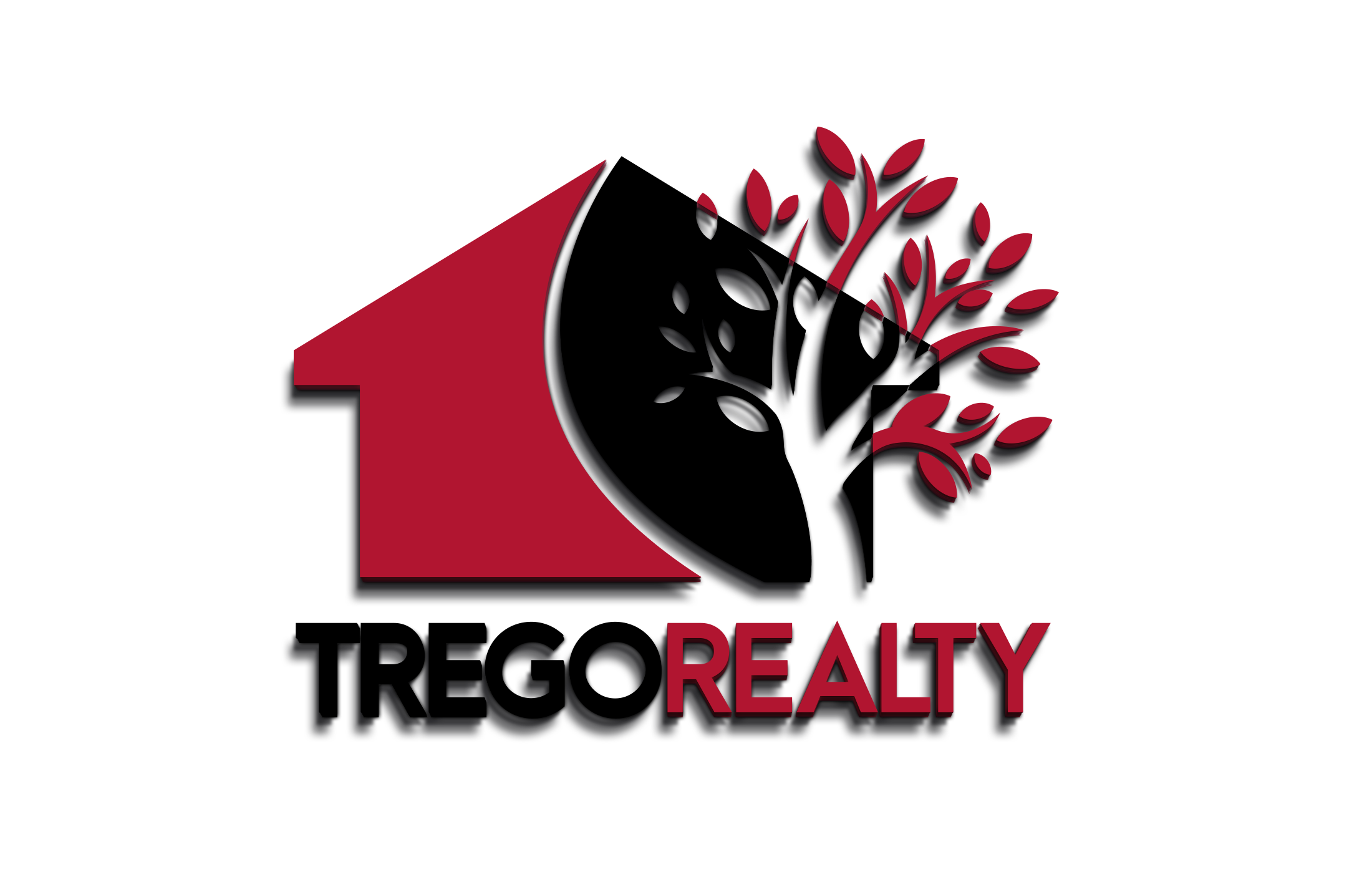The housing market has seen a deceleration in activity since 2020 due to a complex interplay of economic, social, and regulatory factors. Knowing key factors help our clients make the better informed decisions. Here’s a closer look at the key reasons behind this slowdown:
- Interest Rate Increases
- Rising Mortgage Rates: One of the most significant factors has been the increase in mortgage interest rates. As central banks, such as the Federal Reserve, raise rates to combat inflation, borrowing costs for homebuyers increase, which can lead to a reduction in demand.
- Affordability Issues: Higher mortgage rates make homeownership more expensive, reducing affordability and cooling down the housing market.
- Economic Uncertainty
- Inflation Concerns: Persistent inflation has impacted consumer purchasing power, making it more challenging for potential buyers to afford new homes.
- Economic Instability: Economic uncertainties, including job market fluctuations and stock market volatility, have contributed to a cautious approach among buyers and investors.
- Supply Chain Disruptions
- Construction Delays: Supply chain disruptions have led to delays and increased costs for construction materials, impacting new home builds and renovations.
- Higher Costs: The increased cost of building materials and labor has led to higher home prices, which can deter potential buyers.
- Shifts in Housing Demand
- Remote Work Trends: The rise of remote work has altered housing preferences, with some buyers seeking different locations or home features, leading to shifts in demand rather than a uniform slowdown.
- Urban to Suburban Migration: There has been a trend of moving from urban centers to suburban or rural areas, affecting housing markets differently across regions.
- Regulatory and Policy Changes
- Tightened Lending Standards: Changes in lending regulations and tighter mortgage approval criteria can restrict access to home loans for some buyers, affecting overall market activity.
- Government Policies: Various government policies and stimulus measures have impacted the housing market, influencing both supply and demand.
- Market Correction
- Price Adjustments: After a period of rapid price increases, the market may experience a correction where home prices stabilize or decrease, leading to reduced market activity as buyers and sellers adjust to new conditions.
- Inventory Adjustments: A shift from a seller’s market with low inventory to a more balanced or buyer’s market can also impact market dynamics and overall activity.
- Demographic and Behavioral Changes
- Aging Population: An aging population and changing household dynamics can influence housing preferences and market activity.
- Homeownership Trends: Variations in homeownership rates and preferences, including the rise of renting or alternative housing solutions, can impact market demand.
Conclusion: The slowdown in the housing market since 2020 reflects a combination of higher borrowing costs, economic uncertainties, supply chain issues, and changing buyer preferences. As these factors continue to evolve, the housing market may experience further adjustments, influencing both short-term activity and long-term trends.
For the latest insights and guidance on navigating the housing market, Trego Realty is here to help you make informed decisions.

